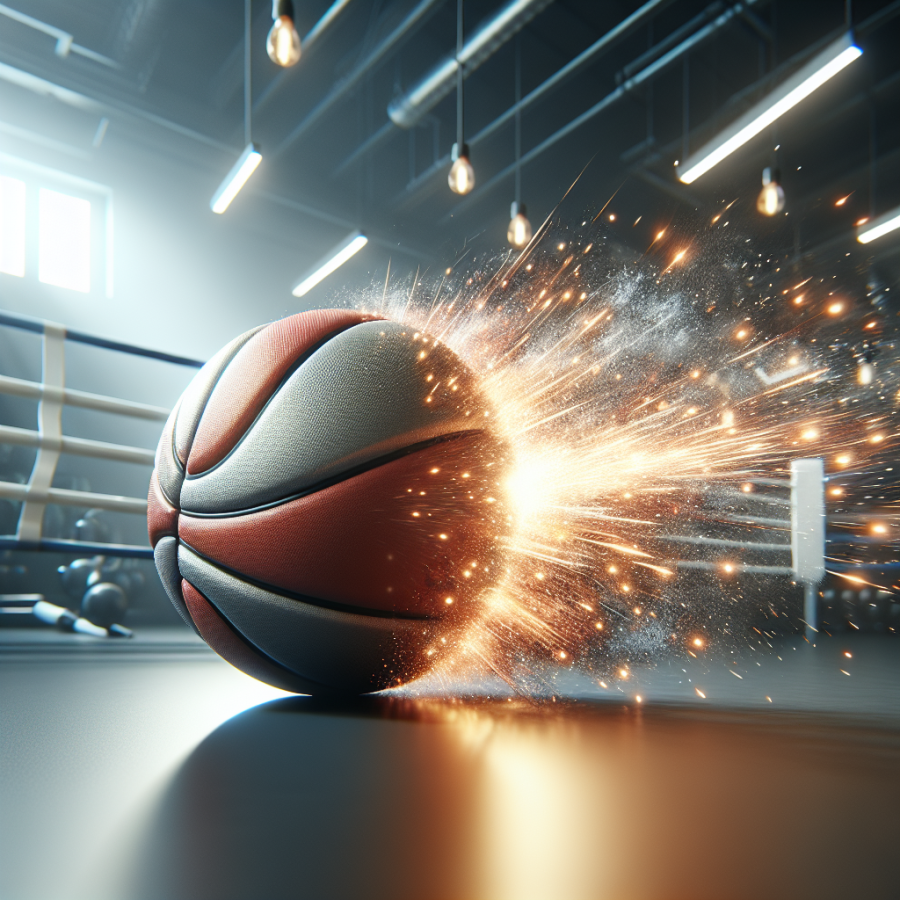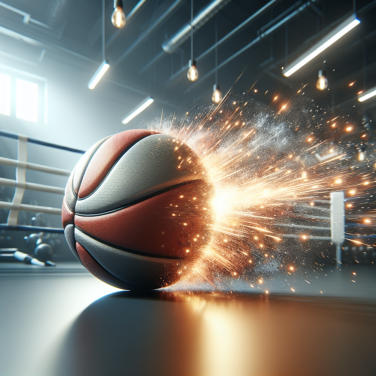Honing Skills and Strategy in the Fast-Paced Arena of Speed-ball
In the dynamic and exhilarating sport of speed-ball, where the fusion of speed, precision, and strategic thinking is paramount, players are constantly seeking ways to refine their abilities and gain a competitive edge. To excel in the fast-paced arena of speed-ball, one must adopt both physical and mental strategies that enforce skill growth and tactical astuteness.
Physical conditioning is a cornerstone of proficiency in speed-ball. The game's rapid nature necessitates high levels of endurance, agility, and reflexes. Players should engage in comprehensive training programs that emphasize cardiovascular fitness, which sustains their energy throughout matches, and plyometric exercises, which enhance their ability to make quick, explosive movements that are often the difference between winning and losing a point.
Agility drills are particularly beneficial. These drills help players improve their ability to change direction swiftly and effectively while maintaining control and readiness. Ladder drills, cone drills, and short-distance sprints with variable directions can simulate the quick changes of movement required during a match.
Enhancing one's reflexes is also vital. Quick reaction times can improve a player’s defensive and offensive capabilities. Drills that emphasize hand-eye coordination, such as catching or hitting rapidly-moving objects, can sharpen reflexes. Incorporating reaction balls or using reflex training apps can also be useful tools for improving a player's response time.
Technical skill development goes beyond just the physical. Proficiency with the equipment – whether it be mastering the control of the speed-ball with precise hits or optimizing gear for the best performance – can have a substantial impact on gameplay. Players should spend ample time practicing with their rackets or bats, ensuring they understand the nuances of their equipment and how to elicit maximum control and power with each stroke.
Strategic play is the brain behind the brawn in speed-ball. Understanding the various playing styles and how they interact can allow players to anticipate their opponents' moves and respond accordingly. Critical thinking and quick decision-making are skills that can be honed through game scenario practice and studying gameplay footage. Identifying patterns in opponents' tactics and executing well-timed counters is crucial for maintaining the upper hand in a match.
Mental toughness is another key aspect. The intensity of speed-ball can exert immense pressure on players, so developing psychological resilience is imperative. Techniques such as visualization, where players imagine themselves successfully executing plays or winning points, can build confidence and prepare the mind for the stress of competition.
Furthermore, players should not underestimate the importance of rest and recovery.
Read also:
Vajra-mushti: Exploring the Ancient Indian Martial Art
Navigating the Adrenaline-Fueled Landscape of Speed-ball
Within the electrifying realm of speedball, players are constantly navigating an environment where every shot counts and split-second decisions could mean the difference between victory and defeat. In such a fast-paced sport, mastering the adrenaline surge not only requires physical agility but also a high degree of mental tenacity.
The first aspect of mastering speedball is understanding the importance of strategic movements. Unlike traditional paintball, speedball is played on a symmetrical field with various bunkers and obstacles. Knowing the layout is crucial. Developing the ability to make quick advances while maintaining coverage is an essential skill for any player looking to excel.
Next, communication with team members cannot be overstressed. In the heat of the match, voices can be lost among the whirl of paintballs and rushing adrenaline. Developing a robust system of hand signals or quick verbal cues is imperative for teams that want to synchronize their strategies effectively and stay ahead of their opponents.
Building stamina and physical resilience plays a crucial role too. Speedball matches are often won by inches and seconds, so being able to sprint, dive, and crawl quickly across the field is necessary for maintaining the upper hand. Regular cardiovascular and strength training workouts can prepare players to endure the sprinting and ducking required by the game.
Equally important is honing one’s accuracy. Speedball guns are lightweight and designed for rapid firing, but an emphasis on volume should not come at the expense of precision. Players should practice shooting drills extensively, focusing on quickly snapping out from behind cover and hitting targets with minimum exposure to enemy fire.
Developing a keen sense of awareness is another trait seasoned speedball players possess. It’s about keeping one's head on a swivel, constantly assessing the field for both threats and opportunities. This awareness allows for the anticipation of enemy moves and the timely execution of counter-strategies.
Lastly, managing the adrenaline and stress during a match is a subtle art. The rush of the game can lead to tunnel vision or rash decisions if not properly harnessed. Players must learn to use the natural fight-or-flight response to their advantage by channeling that energy into increased focus and reaction time.
Through consistent practice, mental preparedness, and teamwork, players can navigate the adrenaline-fueled landscape of speedball with confidence. Mastering one's physiological and psychological response to the high-octane environment sets apart amateurs from experienced veterans in this high-speed sport.




